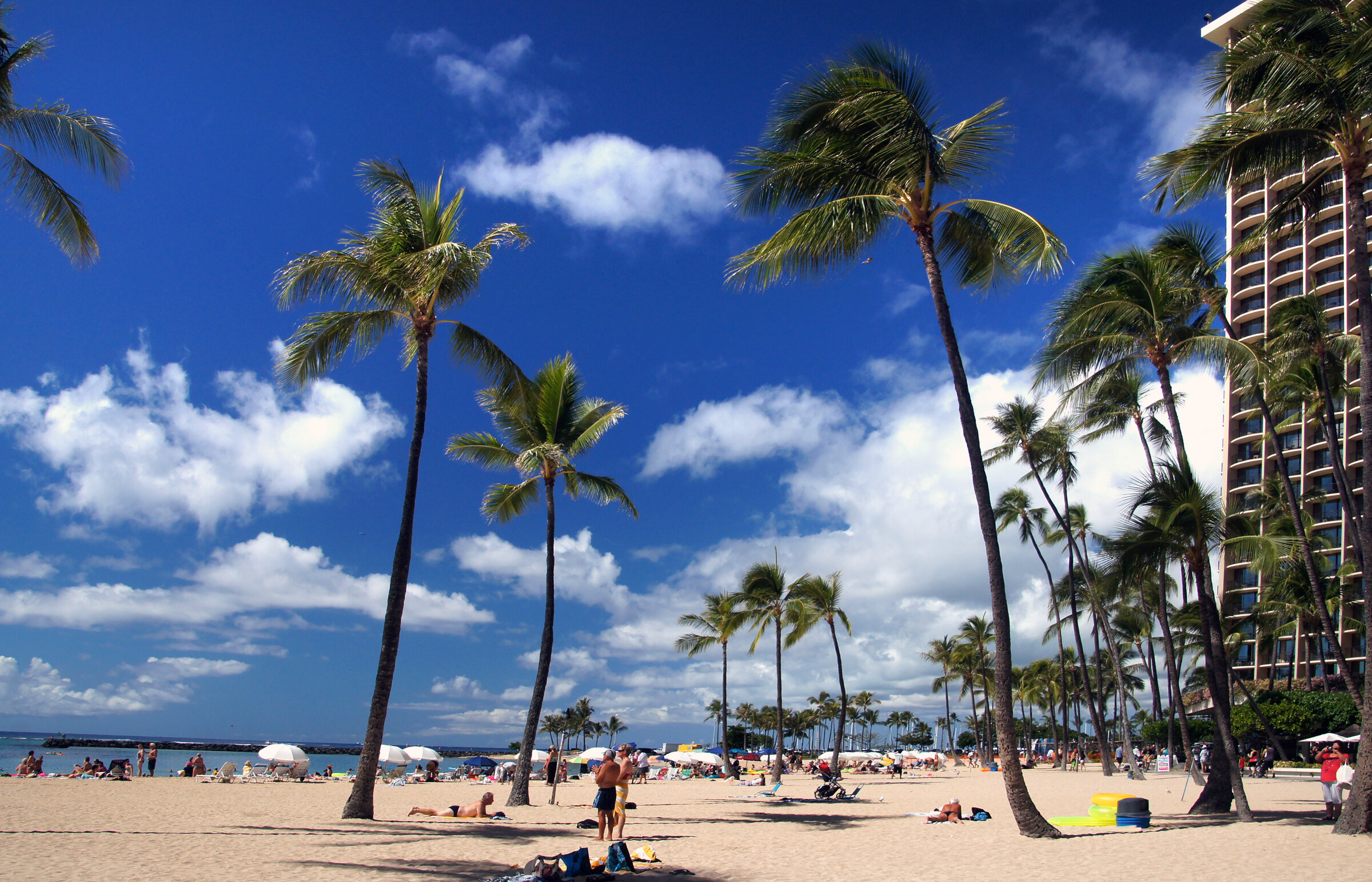Image courtesy of Wikimedia Commons.
By Catelyn Fitzgerald ’23
Environmental Editor
The COVID-19 pandemic brought to light the power dynamics that exist between countries with large tourism economies and the rest of the world. On Aug. 23, the governor of Hawai’i asked travelers to abstain from vacationing on the islands through the end of October in an effort to limit the spread of COVID-19. These concerns about the impacts of tourism extend also into an ethical debate about the negative effects that large influxes of tourists can have on local communities. As more attention is given to the roles and responsibilities tourists hold in protecting the health of vacation hot spot communities, there is also an opportunity to reflect on the environmental consequences of tourism.
In an effort to protect the natural wonders that draw in droves of travelers, some countries have turned to environmental visitor fees, or “green fees,” as a way to have tourists take responsibility for protecting the local environment.
Palau is leading the effort with their “Pristine Paradise Fee,” which charges visitors $100 each when they purchase a flight ticket to the island. In November 2019, just one year after the fee’s introduction, the Palau government announced that it raised $9 million. According to environmental nonprofit Conservation International, income generated by the fee is used to fund fisheries protection, the Protected Areas Network and other facets of both environmental protection efforts and the tourism industry. Travelers must also sign a pledge before beginning their vacation. Addressed to the “Children of Palau,” the pledge includes a promise to “preserve and protect your beautiful and unique island home.”
Bhutan, known for its sweeping mountainscapes, charges visitor groups of more than three travelers $200-$250 per person per night. According to the website of the Bhutan Tourism Corporation Limited, included in the cost is a $65 “sustainable development fee” that is put toward free education and healthcare for the Bhutanese, infrastructure development and other welfare initiatives.
Green fees are also prevalent in American vacation destinations. The Hawai’i state legislature recently approved a $1 “ocean stewardship user fee” on June 10 as part of Hawai’i House Bill 1019, the proceeds of which will support marine restoration projects. Another state bill, HB805, which was proposed in Jan. 2021 and would have enacted a more all-encompassing green fee of $40 per visitor, made it to the state Senate but died in committee.
The growing ecotourism industry illustrates another approach to decreasing tourism’s environmental footprint. This niche type of travel is centered around tourists’ exploration of natural wonders, from national parks to coral reefs. According to international ecotourism company Responsible Travel, ecotourism creates an incentive to preserve the landscapes and wildlife that are central to tourist activities. The industry also generates profits that support local communities while keeping the impacts of travel on the environment relatively low.
One drawback to ecotourism, according to Responsible Travel, is that the term is often used recklessly. The company’s website touts the label as “misused” by companies who wish to capitalize on the ecotourism movement without actually adopting sustainable practices. To increase accountability in the Hawai’ian ecotourism industry, the Sustainable Tourism Association of Hawai’i developed a Sustainable Tour Operator certification, the only certification of its type in the country.
As travelers begin to explore the world again, vaccine cards in hand, both ecotourism and green fees provide opportunities to give the tourism industry a fresh start. Only through the implementation of these practices can tourism transform from an industry that threatens idyllic destinations to one that sustains them for decades to come.

